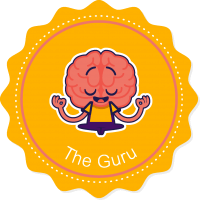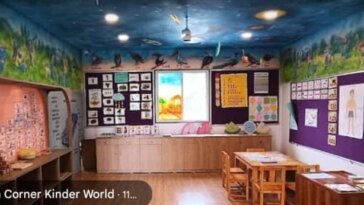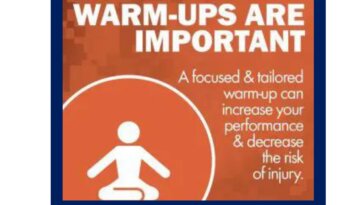Learning disabilities can present unique challenges for both students and educators in the classroom. These disabilities encompass a range of conditions that affect how individuals process information, acquire new skills, and demonstrate knowledge. Common types include dyslexia, dyscalculia, and attention-deficit/hyperactivity disorder (ADHD), among others.
One of the keys to effectively addressing learning disabilities is early identification. Educators should be vigilant in recognizing signs of potential learning difficulties, such as struggles with reading, writing, math, or paying attention. Early intervention can significantly improve outcomes for students with learning disabilities by providing targeted support and accommodations.
Inclusive classroom environments that embrace diversity and accommodate different learning styles are essential for students with learning disabilities. This can involve utilizing a variety of teaching methods, incorporating assistive technologies, and providing individualized support plans. Flexibility and understanding from educators can help students with learning disabilities thrive academically and socially.
Collaboration between teachers, parents, and specialists is crucial in supporting students with learning disabilities. Open communication allows for the sharing of insights, strategies, and resources to meet the unique needs of each student. Additionally, fostering a supportive and empathetic school community can help reduce stigma and promote acceptance and inclusion.
By fostering a culture of understanding and providing appropriate support, educators can empower students with learning disabilities to reach their full potential and succeed in the classroom and beyond.









